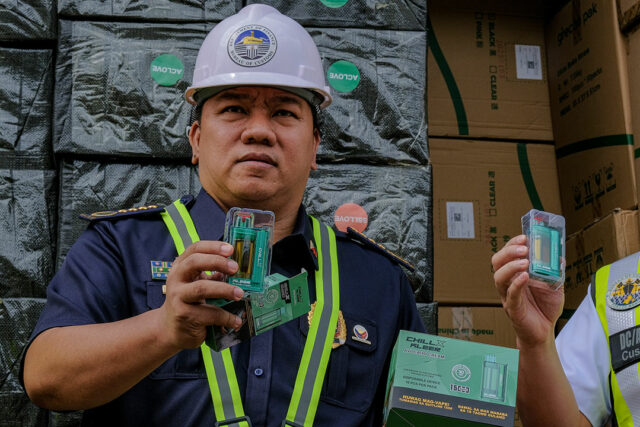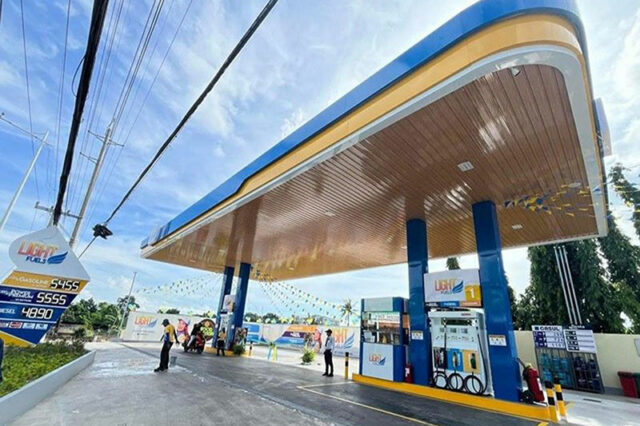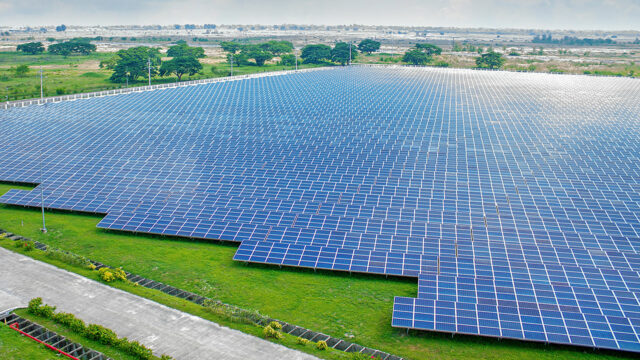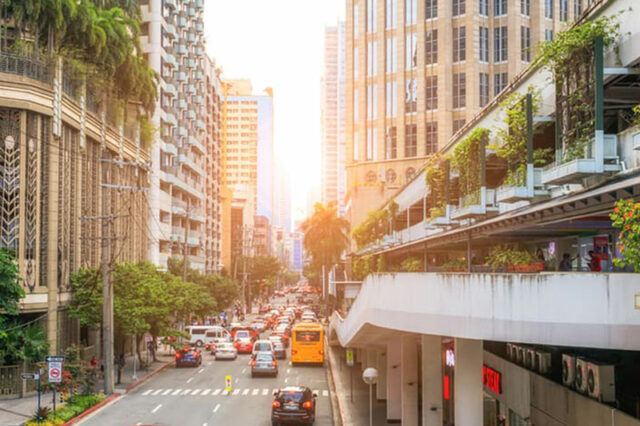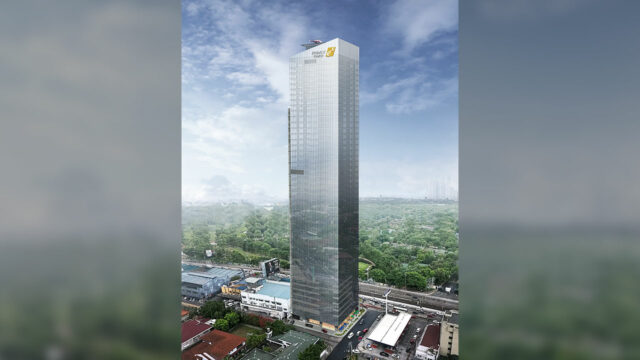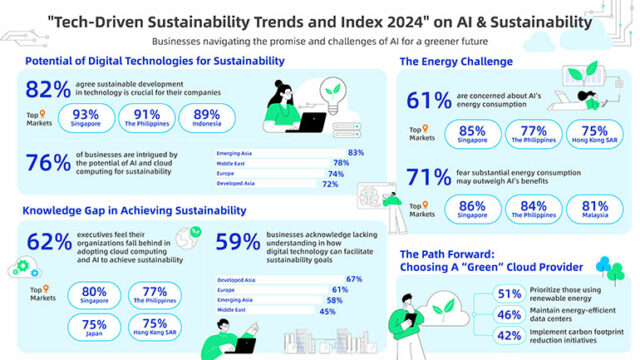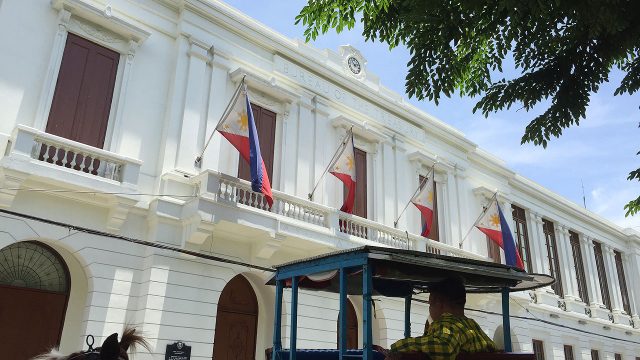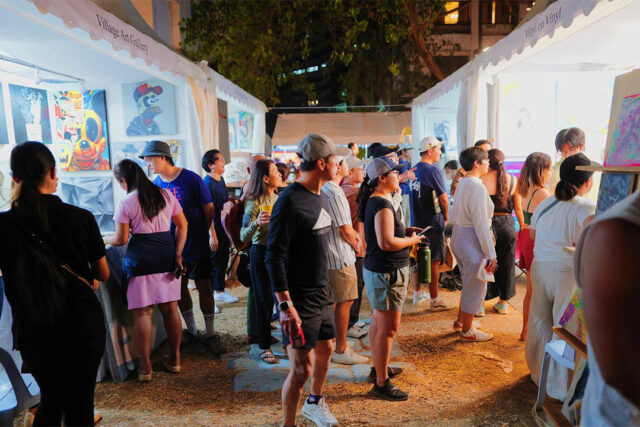Philippines now ‘moderately free’ in economic aspects — global index

By Justine Irish D. Tabile, Reporter
THE Philippines went up six notches to 82nd out of 176 countries and is now considered “moderately free,” according to a global index on economic freedom by The Heritage Foundation.
In the 2025 Index of Economic Freedom, the US-based conservative think tank said the Philippines’ score increased by 1.6 points to 60.6 from 59 in 2024. The Philippines ranked 88th in last year’s index.
The country’s latest ranking is now equivalent to an economic freedom status of “moderately free,” after being “mostly unfree” in 2024.
Singapore (84.1) topped this year’s index as the freest economy, followed by Switzerland (83.7), Ireland (83.1), Taiwan (79.7), and Luxembourg (79.5).
The bottom five countries include North Korea (176th), Cuba (175th), Venezuela (174th), Zimbabwe (173rd), and Sudan (172nd).
Among 39 Asia-Pacific countries, the Philippines ranked 16th, surpassing the 58.3 regional average and some of its Association of Southeast Asian Nations peers — Thailand (84th), Cambodia (98th), and Laos (140th).
However, the country lagged behind Malaysia (44th), Brunei Darussalam (46th), Indonesia (60th), and Vietnam (61st).
The index measures 12 aspects of economic freedom, which are grouped into four broad pillars — rule of law, government size, regulatory efficiency, and market openness.
Under the pillar of rule of law, the country scored 47.4 in property rights, 42.5 in judicial effectiveness, and 35.3 in government integrity.
“The overall rule of law is weak in the Philippines. The country’s property rights score is below the world average; its judicial effectiveness score is below the world average; and its government integrity score is below the world average,” said the Heritage Foundation.
Under the government size pillar, the country scored 79.1 in tax burden, 79.9 in government spending, and 47.7 in fiscal health.
According to the think tank, the country’s regulatory environment is “well institutionalized but lacks efficiency.”
This is reflected in its business freedom score of 69.1, labor freedom score of 57.7, and monetary freedom score of 69.8.
In terms of being an open market, the country scored 79.2 in trade freedom and 60 in investment and financial freedom.
“Foreign investment is generally welcome, and the investment code treats foreign investors the same as it treats domestic investors. The financial sector is dominated by banking and is relatively stable, but capital markets are underdeveloped,” the think tank said.
According to the think tank, the Philippine economy has been on a steady path of expansion despite the challenging global economic environment.
“The government has pursued legislative reforms to enhance the entrepreneurial environment and develop a stronger private sector to generate broader-based job growth,” the think tank said.
“Regulatory efficiency has been notably enhanced. The economy has expanded at an average annual rate of more than 6% over the past three years,” it added.
However, The Heritage Foundation said that institutional challenges continue to persist with corruption continuing to undermine long-term economic development in the Philippines.
Leonardo A. Lanzona, an economics professor at the Ateneo de Manila University, said the Philippines’ score reflects its “import dependent character which resulted in lower tariffs.”
“While this may be good news to consumers, it may not bode well to producers. While lower tariffs are not necessarily bad, it is still crucial to develop our production,” Mr. Lanzona said in a Facebook message.
“Monetary policies are also generally sensitive to market needs, but the country needs to focus on the real sector to enjoy these gains in economic freedom,” he added.
John Paolo R. Rivera, a senior research fellow at the Philippine Institute for Development Studies, said that the report showed the Philippines’ progress in the areas of fiscal health, monetary stability, and trade freedom.
“The government’s efforts to maintain macroeconomic stability despite global headwinds, improve tax collection efficiency, and advance infrastructure and digitalization have likely contributed to better scores,” Mr. Rivera said in a Viber message.
However, he said that the country remains challenged in the areas of regulatory efficiency, judicial effectiveness, and corruption control.
“To further improve, the country can focus on streamlining business regulations to reduce red tape and lower the cost of compliance for micro, small and medium enterprises,” he said.
He added that the country should strengthen the rule of law and contract enforcement which will help boost investor confidence.
Ateneo School of Government Dean and Economics Professor Philip Arnold P. Tuaño said that among the highlights of the report are the significant increases in the country’s scores in fiscal health, monetary freedom, and trade freedom.
“The Philippines stayed the same in terms of its public debt to gross domestic product ratio and was able to service its significant government debt; there is some movement in terms of the implementation of tax reform in the country,” said Mr. Tuaño in an e-mail.
Meanwhile, he attributed the slight increase in the country’s score on “property rights” to the increased digitalization efforts on land registration.
“There is also a slight increase in government integrity as a result of the legislation of the new procurement law, which will allow greater transparency and accountability, even if there is still weak enforcement,” Mr. Tuaño added.
For Filomeno S. Sta. Ana III, coordinator of Action for Economic Reforms, some indicators in the index do not necessarily lead to good outcomes.
“The proper use of tools is very contextual. It doesn’t mean, for example, that an open or liberal capital account is always good. It can likewise be problematic. A very open capital account can hurt the real economy,” said Mr. Sta. Ana in a Viber message.
Rizal Commercial Banking Corp. Chief Economist Michael L. Ricafort said that the country’s better ranking can be attributed to the passage of measures that eased foreign ownership restrictions, as well as economic reforms.
“All of these helped in the country’s economic freedom, especially from the point of view of international investors,” he added.
“Higher governance standards are also required to further improve economic freedom rankings… as corruption impedes further economic growth and development of the country.”


